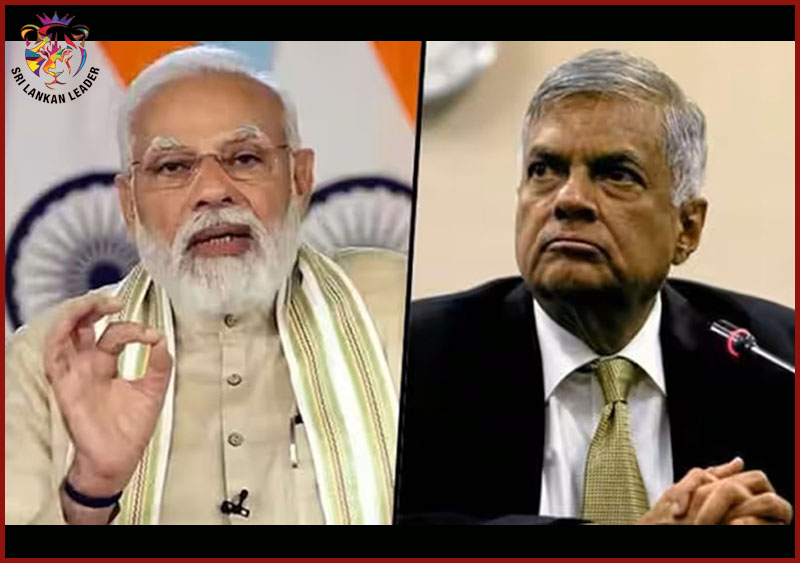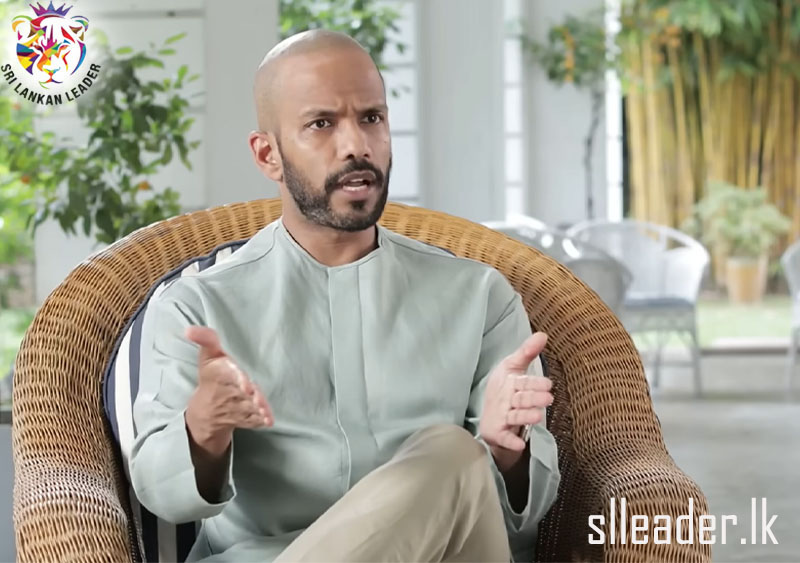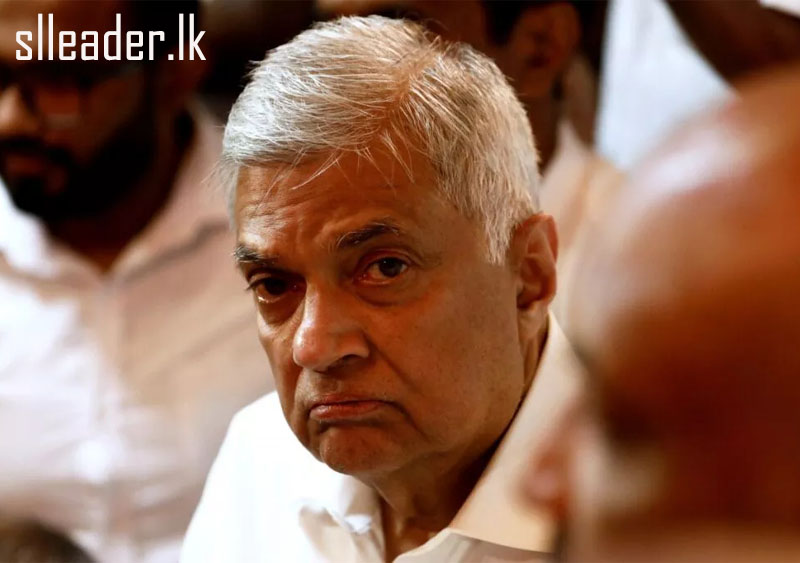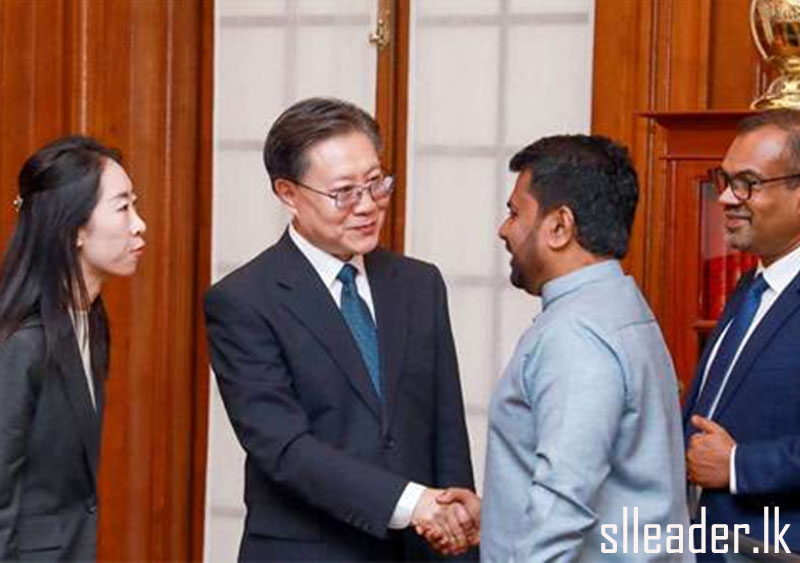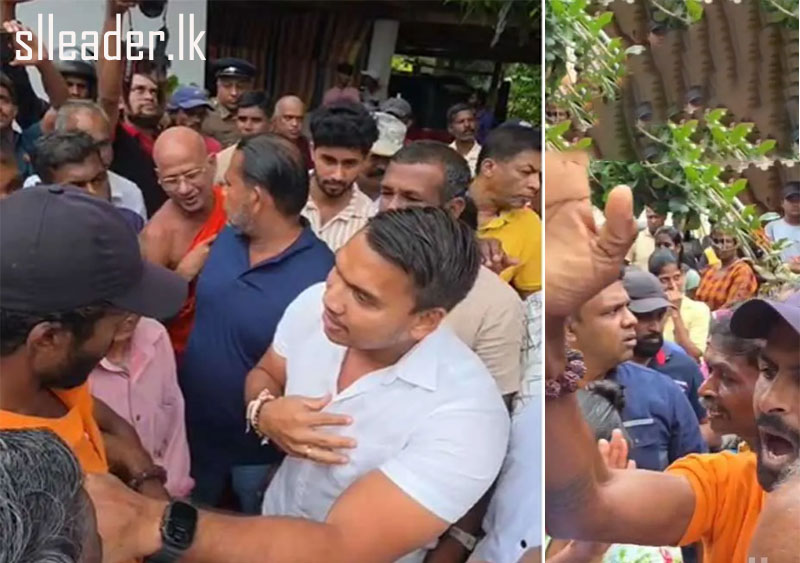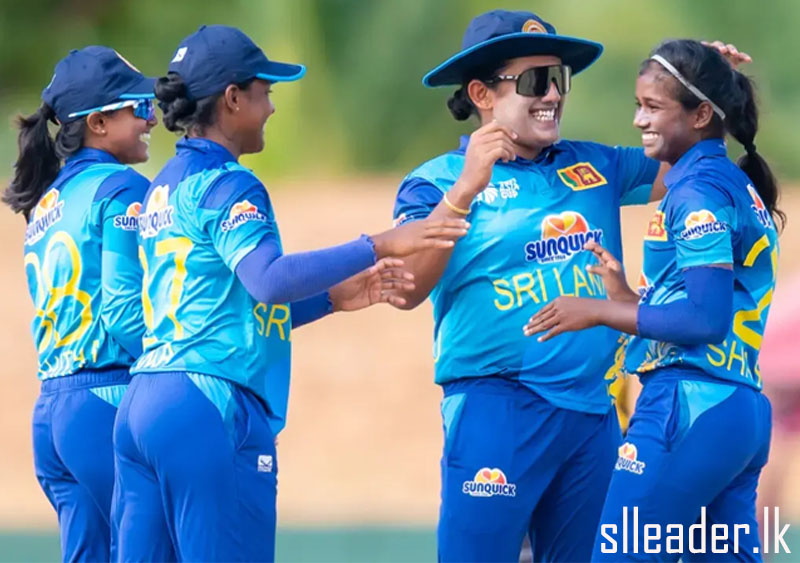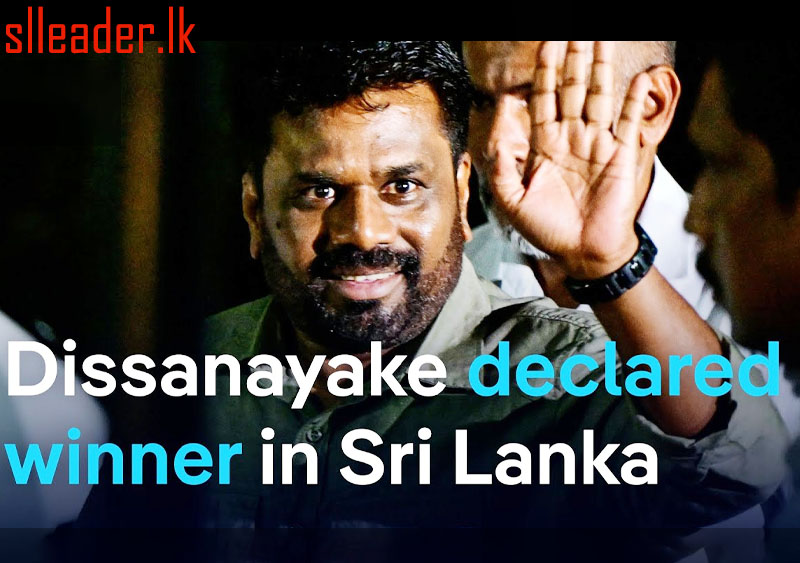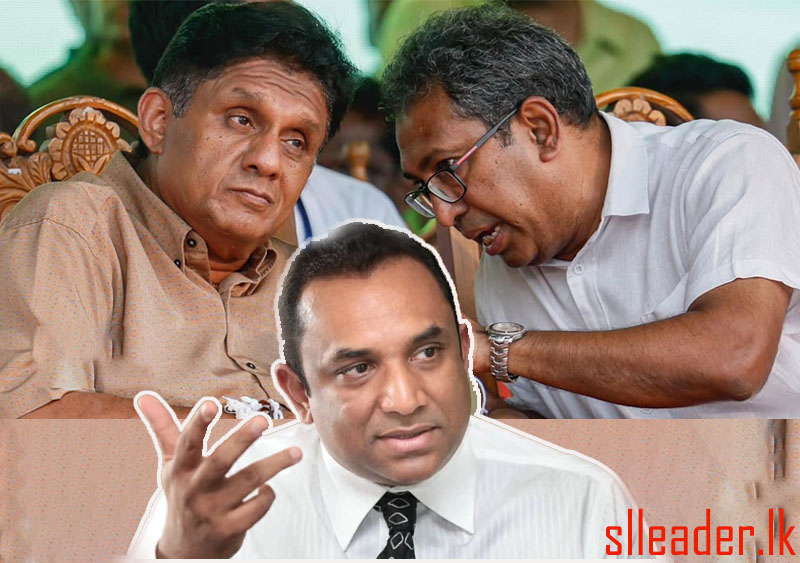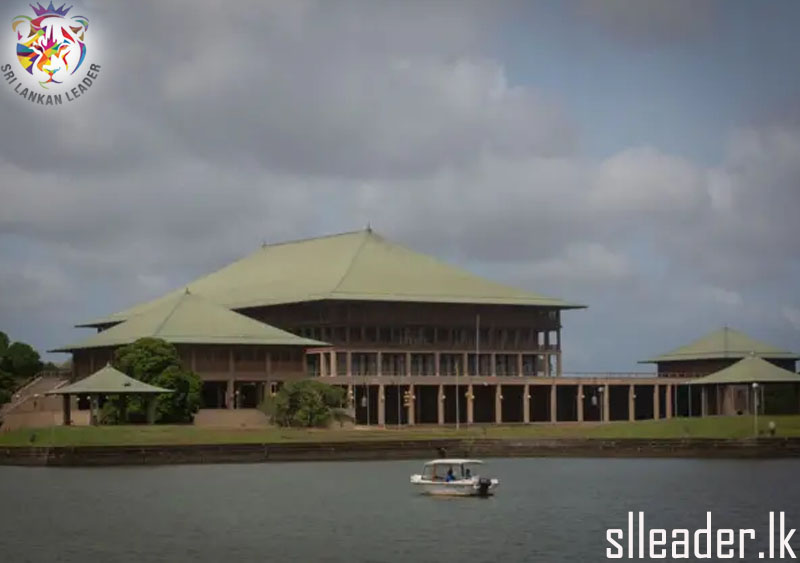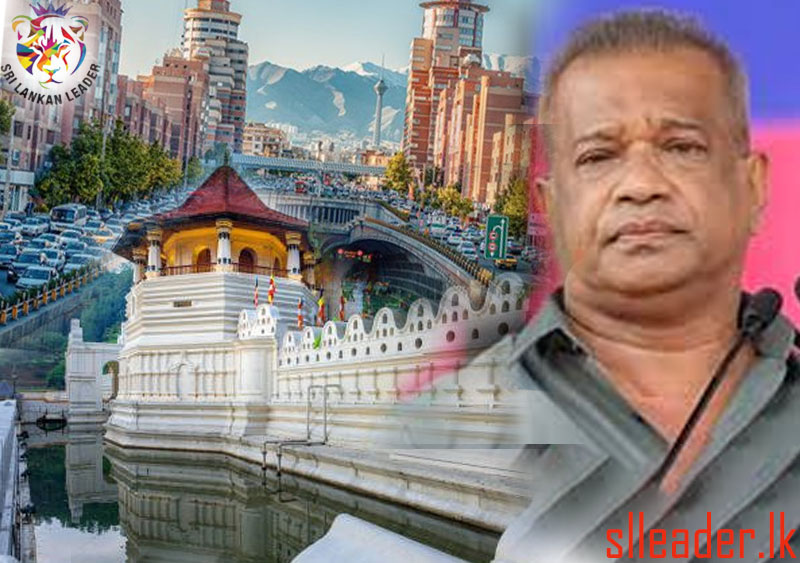As President Wickremesinghe gets ready to leave Colombo for his state visit to India (at the time of writing), the political news out of India is the jostling of Indian political parties into opposing alliances for the grand electoral battle for national power that will unfold in 2024.
To date 64 parties have entered the fray, 26 for the Opposition who convened first in Patna and later in Bengaluru, and the governing BJP-led NDA alliance responding in Delhi with a tally of 38 parties.
In a multitudinous culture steeped in epics and mythologies, the alliance formation and the upcoming electoral battle might be seen as a modern and postmodern electoral version of the old Mahabharata in the age of the social media. Who will be seen as the new Pandavas and who as the Kauravas will depend on the eyes of the beholders.
There is no Krishna to emerge and there is no prospect for a new Bhagavat Gita. Although Narendra Modi is brash enough to cast himself as Krishna for the great battle that he is manifestly spoiling for. And his followers are daft enough to make a Gita out of his random musings.
In the scheme of the current goings on in India, President Wickremesinghe’s visit will be less than a drop in the Ganges. Although the President and his Colombo clique will try to make a waterfall of it for Sri Lankan politics. Apart from preparing for the (epic) elections next year, the Modi government is also dealing with a full plate of international initiatives. India will be hosting the G20 Summit in September, and as a precursor hosted the gathering of the Group’s finance ministers this week in Ghandinagar, Gujarat’s capital. In August, the Prime Minister will be attending the BRICS (Brazil, Russia, India, China and South Africa) summit hosted by South Africa.
The G20 and BRICS are having a tough time herding their members who are divided over Russia’s war in Ukraine. The G20 finance ministers could not agree on “a common language” on Ukraine for their customary statement, although according to India’s Finance Minister Nirmala Sitharaman, several members condemned Russia’s decision to withdraw from the Black Sea grain deal that allowed Ukrainian grain shipments to reach the world’s needier countries.
The BRICS gathering has got into hot waters with the county’s main opposition party, the Democratic Alliance, going to court to force the South African government to arrest Vladimir Putin if he were to arrive in South Africa for the summit. The government and President Cyril Ramaphosa will have none of it, and Putin has decided to stay away from the summit on the advice of the South African President.
India is literally sitting on the fence on the Ukrainian matter and no one in the government is witty like Nehru to say that India will sit there as long it is comfortable, as he said during the early years of the Indochina conflict. But there is no sitting on the fence for the government when it comes to dealing with opposition parties within India. Internally, it is always a matter of drawing battlelines with those whom the Modi government does not agree. And the opposition parties do not care a hoot about all the global attention that Modi is attracting. For them, Modi’s global charisma is mileage unduly drawn from India’s population size and growing economic strength. Their contention is that Modi is destroying India from what it has been and what it ought to become.
From Patna to Bengaluru
The first gathering of opposition parties was held in Patna, in Bihar, on 23 June. The gathering did not cause much excitement. The inspiration behind the Patna meeting has been the spectacular showing of the Congress Party and its allies in the Karnataka State election in May. A second impetus is the concern among opposition parties that the BJP is using the state machinery to attack opposition leaders (e.g., Rahul Gandhi) and State governments led by the Congress or regional parties (e.g., Tamil Nadu, West Bengal). Tamil Nadu Chief Minister MK Stalin reportedly called the opposition unity effort the “war cry of a united opposition” for the “rebirth of a secular democratic India.” Bihar Chief Minister Nitish Kumar has been the initial organizer behind the unity effort.
By the time the second gathering of the opposition leaders took place this week on July 18 in Bengaluru, Karnataka, the opposition alliance has picked up momentum. The number of parties attending rose from 15 in Patna to 26 in Bengaluru, and included state and national heavyweights: seven Chief Ministers, a number of former Chief Ministers, Rahul Gandhi and Sonia Gandhi from the Congress, as well as the Secretaries of the two Communist Parties – Sitaram Yechury (CPM) and D. Raja (CPI).
The objective has become clearer in Bengaluru: to form an alliance to contest the 2024 Lok Sabha election. An apparently unifying name has been formulated: the Indian National Developmental, Inclusive Alliance – to get the acronym INDIA – to counter Modi and his negation of secular India. Fight between Modi and I.N.D.I.A is fancied as potentially winning slogan. Cross-party camaraderie is said to have evolved, especially involving the Congress and the West Bengal Trinamool Congress leaders.
For housekeeping matters, the alliance will set up an 11-member co-ordination committee, with separate committees for specific actions, to develop consensus positions and eventually a common programme for the election. A common secretariat is also to be set up in Delhi which will also provide the war room for the election campaign. The next alliance meeting will be held in Mumbai, in Maharashtra, a state that is currently in a flux with criss-crossing shifts between political parties.
The Bengaluru show has excited far greater interest than the initial meeting in Patna, and has elicited a hurried response from the governing BJP, which convened a meeting of its own NDA (National Democratic Alliance) in New Delhi, on the same day as the opposition conclave in Bengaluru. The BJP leaders led by the Prime Minister himself have been indulging in political trash talk to belittle the opposition efforts to form a new alliance. Trash talk aside, the ruling BJP found it necessary to call its (NDA) alliance members suddenly for a meeting after ignoring them as a group and without calling any meeting for over a year.
From UPA TO INDIA
The fact of the matter is that the NDA is no alliance between political parties of comparable size. In the second Modi election victory in 2019, the BJP amassed on its own a whopping 301 seats out of the total 332 seats won by the NDA alliance, and a standalone majority in the Lok Sabha of 543 seats. All the others in the alliance contributed only 31 seats, of which Shiv Sena from Maharashtra accounted for 13 seats and everyone else contributing in single digits or nothing at all. Yet, the BJP needs the façade of an alliance to mitigate the harshness of its Hindutva core as it appeals to a broader Indian constituency at the polls.
In contrast, the opposition alliance is a group of political parties of comparable sizes either at the national level or at the state level. The new alliance is really an expansion of the old United Progressive Alliance (UPA), an alliance of centre-left political parties led by the main Congress Party, that was formed after the 2004 general election in which the ruling BJP was surprisingly defeated and the Congress emerged with the largest number of seats – 218 seats to BJP’s 181 seats, but short of the requisite 272 seats for majority.
The formation of the UPA enabled the Congress to form the new government with Manmohan Singh as Prime Minister. The alliance won again in 2009 but was defeated in 2014 when Narendra Modi scored his first national election victory as BJP leader. He won again in 2019 with greater success and higher seat count, and is now itching to go for a hat trick in 2024.
Unlike the post-election UPA in 2004, the new ‘INDIA’ alliance is a pre-election bandwagon and is intended as a common opposition election vehicle for 2024. The new alliance is also more centrist and more broad-based than the centre-left orientation of the UPA. The influence of the two Communist Parties is also not likely to be as pronounced as it was in the UPA. While the enthusiasm among the participants is palpable, and their resolve to push back on the Modi government’s domestic machinations is unmistakable (mostly out of necessity), it is still going to be an uphill battle to defeat Modi at the national level.
At the current Lok Sabha distribution of seats, with BJP-NDA accounting for 332 seats, the parties in the old UPA and the new INDIA total 142 seats, with Congress (49 seats), DMK (24 seats) and Trinamool Congress (23 seats) being the largest constituent members. As well, the BJP and its allies are in power in 17 Staes while the parties of the new INDIA alliance are in control in 11 States. So, for the opposition INDIA alliance it’s quite a steep hill to climb to secure a majority with at least 272 seats. To complicate matters, there are 11 parties with 62 members in parliament, who have not joined either of the two alliances. Three of them are also the governing parties in Andhra Pradesh, Telangana and Odisha.
Whatever might be the outcome in the upcoming elections, the formation of the new alliance shows a changing of minds among the opposition parties and their leaders, who have so far not been able to work together primarily because of personal egos, power struggles and electoral turf wars. They have finally realized that none of them standing alone has any chance of besting Modi. The new unity among them is a necessary condition for defeating Modi, but unity alone is not sufficient and there is no certainty that the unity will remain intact right through to the elections.
@Rajan Philips
island.lk



